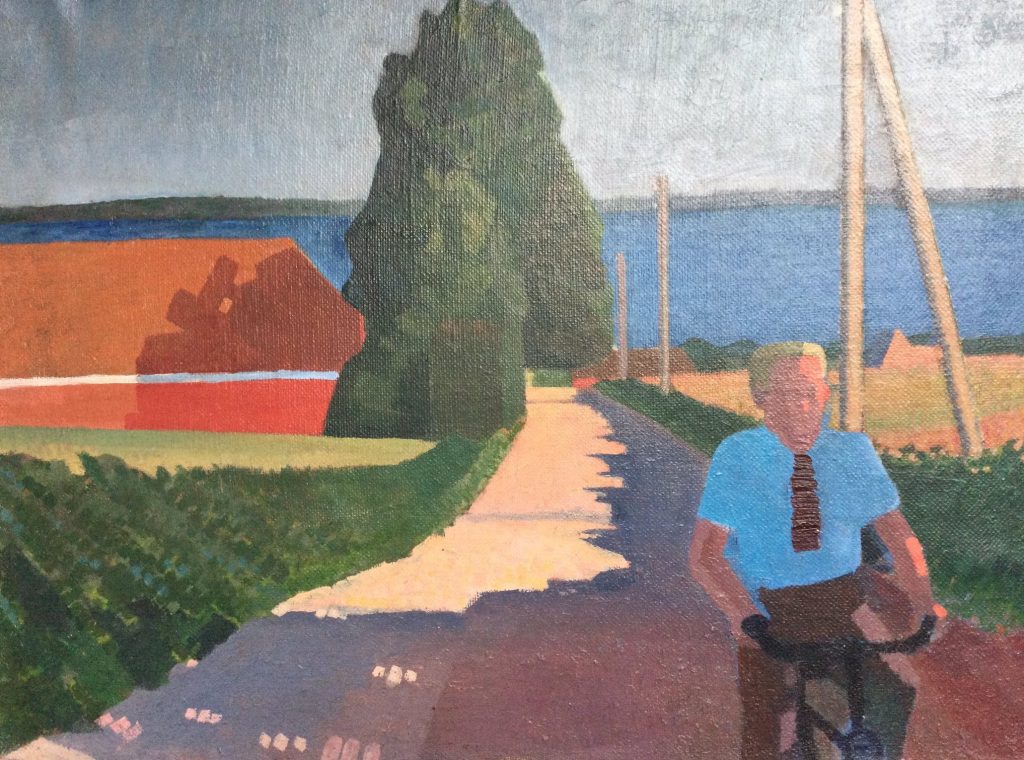for students | for scholars | for pleasure
This blog is no longer being updated regularly with fresh content. Here are some self-study resources (including text and video) for those who would like to improve their academic skills, whether they are students or scholars (or dilletantes like me).
For Students
I have written a short paper that explains my approach here: “How to Write at University” (PDF). It is also available in Danish: “Bliv bedre til at skrive” (PDF).
The Art of Learning
A series of eight talks about how to get the most out of a university education. We cover what it means to know something, how to improve your reading and writing skills, the arts of listening and talking, and even how to derive some pleasure from the process.
The Craft of Research
A series of twelve talks about research projects, mainly focused on the problem of writing a paper or thesis. We cover each major section of a research paper: introduction, background, theory, methods, analysis, discussion, and conclusion, and offer advice about how to conduct your literature review and how to approach the philosophy of science.
The Writing Workshop
This one hour and forty minute workshop takes you through “the writing moment” from idea generation, over writing and editing, to peer feedback. It will help you understand the practical implications of thinking of your writing process as the composition of series of paragraphs that each supports, elaborates, or defends something you know.
For Scholars
This collection of pages covers the major components of the approach to academic writing that I have developed over the years. I approach the writing process as the composition of series of paragraphs, which each supports, elaborates, or defends something you know, during prepared moments lasting twenty or thirty minutes. It organizes these moments into four eight-week periods covering 20 to 120 hours each to get you through the year.
The Course
This is a four-week self-study course that you can take at any time. It consists of 6 hours of video, 20 ten-minute podcasts, and proposes 20 hours of writing during that time. If you follow the regimen to the letter, you will produce a complete 40-paragraph (up to 8000-word) draft of a research paper.
For Pleasure
This blog has given me an opportunity to write down my ideas as inspiration or circumstance seemed to require. In the nature of the genre, these are somewhat tentative ideas, expressed in an often improvised form, and should be considered works in progress, unfinished thoughts. In many cases, I wrote them in series, but I will link here only to a key post, from which it should be easy to navigate.
To crib a line from Wittgenstein’s preface to his Tractatus: I will be satisfied if these posts give some pleasure to people who read them with understanding. Or even with puzzlement. Pleasure is the main thing.
